
Marco Di Lauro/Getty Images News/Getty Images
The African nation of Sudan is a country with strong Islamic and Christian influences. Partially ruled by Islamic law, the type of clothes worn in Sudan is similar to those worn in the surrounding nations of Egypt, Libya and Ethiopia. Many factors come into play in a region like Sudan, in which religion, status, climate and way of life all affect how one dresses.
Climate and Clothing
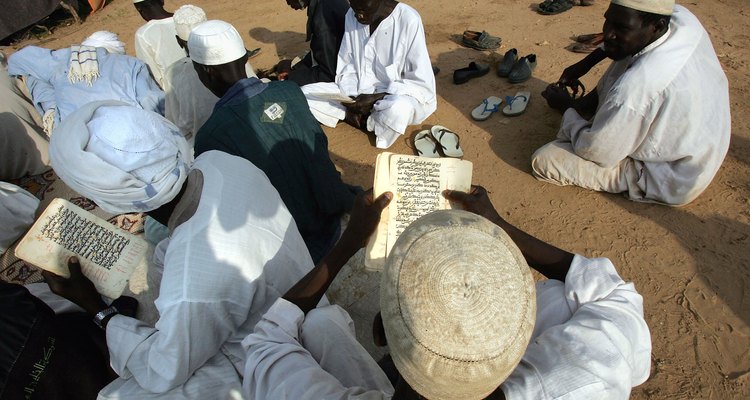
Scott Nelson/Getty Images News/Getty Images
Because of the hot climate, light, loose-fitting clothing is typically worn. However, women and men follow certain guidelines that most citizens follow closely. According to an article on everyculture.com, "Muslim women in the north follow the tradition of covering their heads and entire bodies to the ankles. They wrap themselves in a 'tobe,' a length of semi-transparent fabric that goes over other clothing." Men also cover most of their bodies with a light, loose-fitting, white robe. They too cover their heads with either a small cap or a turban. Head covering serves to protect the people from the sun and heat as well as honor their religious beliefs. For instance, the women's head scarf, the "hijab," "refers to the veil which separates man or the world from God."
Religious Differences

Natalie Behring/Getty Images News/Getty Images
Because the region is separated into Muslim and Christian societies, those following Islamic law dress differently from Christian residents. The northern part of Sudan is predominantly Muslim, therefore residents follow a strict code of dress including standard veils and loose-fitting dresses. Additionally, the men in this region wear long robes. The southern Sudanese are predominantly Christian and tend to wear more Western clothing. Western clothing is much more common in the cities, which tend to be more Christian-based. Rural areas, however, stick to the more traditional way of dress that at times includes little to no clothing at all.
Gender
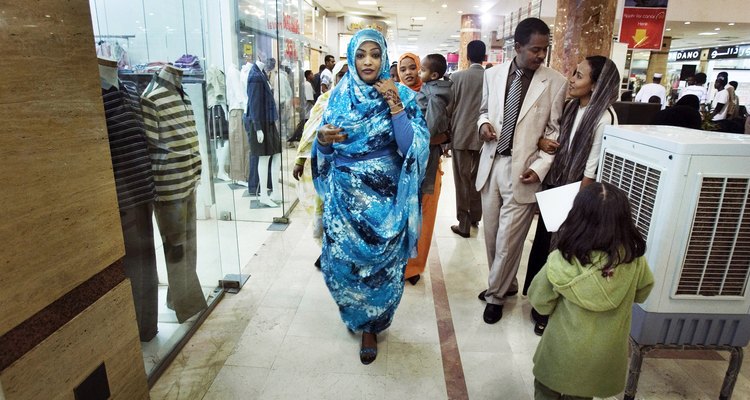
Marco Di Lauro/Getty Images News/Getty Images
Today in Sudan, men are becoming more westernized in the workplace. They are allowed to wear trousers and shirts to their place of business. If a man is not going to work in the city or deems himself more traditional, he will typically wear a jalabiya, which is a long white or pastel-colored robe, with a tagia or skullcap. Women still tend to wear what is governed to them. In this case, Islamic shawls (hijab), heavy coats like the "chadur," and light dresses. While those with Christian beliefs tend to branch out of the norm, headlines have been made about women in nonstandard forms of dress and the punishments they have received.
Clothing Rebellion Makes Headlines
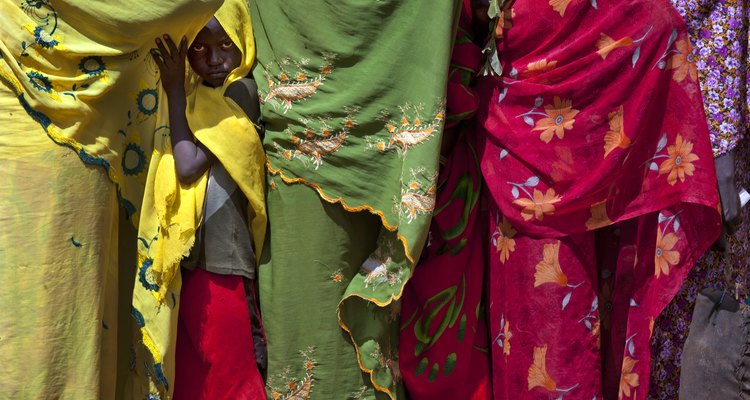
Paula Bronstein/Getty Images News/Getty Images
In certain parts of Sudan, a woman can be arrested for wearing pants or trousers. In July 2009, Sudanese journalist Lubna Hussein made headlines when she rebelled against Islamic law and wore trousers in violation of a Sudanese indecency law. This "crime" carries a punishment of $100 fee and up to 40 lashings. However, Hussein is not the only woman to act out against the Sudanese law. The number of women wearing pants and punished for violations increases. According to www.mcclatchydc.com, "last year alone, 43,000 women were arrested for clothing-related offenses in the capital."
Significance
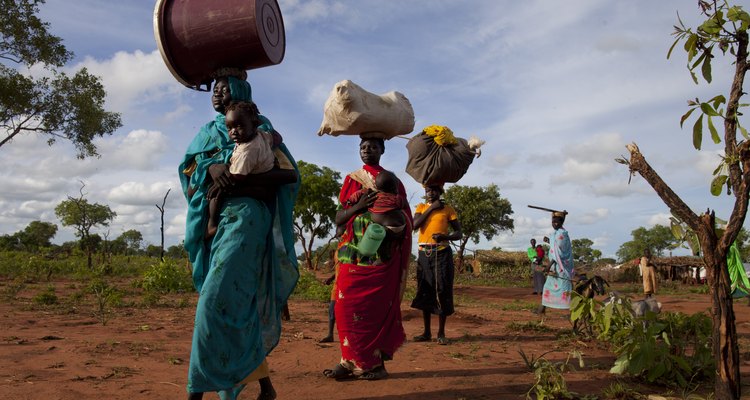
Paula Bronstein/Getty Images News/Getty Images
As with most cultures, it seems gender does play a major role in dress and women are showing up in numbers to gain equal footing, at least in the more urban sectors of the region. Additionally, the weather in Sudan mainly lends itself to loose, airy clothing. These men and women have no need for winter wear and most of their coats and hats are worn as protection from the sun. In a culture so ruled by religion and laws, the Sudanese remain, for the most part, a conservatively dressed society.
Related Articles
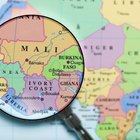
What Kind of Clothing Do People in Mali ...

About Jumano Indian Clothing

What Do Women Pirates Wear?

What Kind of Clothes Do They Wear in ...

Jamaican & Rastafarian Clothing

What Type of Clothes Do Mexicans Wear?
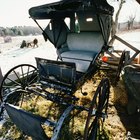
What Do the English Wear to an Amish ...
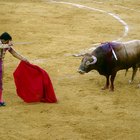
10 Facts About Clothing in Spain
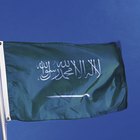
Business Dress Etiquette in Saudi Arabia

How Does Stereotyping Affect ...
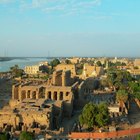
Coptic Orthodox Dress Etiquette

Rules for Pentecostal Women

The History of Pinstripe Suits

What Clothes Do They Wear in Israel?

What Kinds of Clothes Do They Wear in ...

Men's Underwear Types
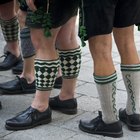
What Kind of Clothing Do People Wear in ...

Hispanic Clothing History

Men's Clothes & Styles in the 1920s & ...

The History of the Boutonniere
References
Writer Bio
Nicole Gordon is a graduate from the University of Central Florida and has been a freelance writer for over seven years. During her freelance career Gordon has written for such publications as the Orlando Sentinel online, Axis magazine and various other websites.
Photo Credits
Marco Di Lauro/Getty Images News/Getty Images